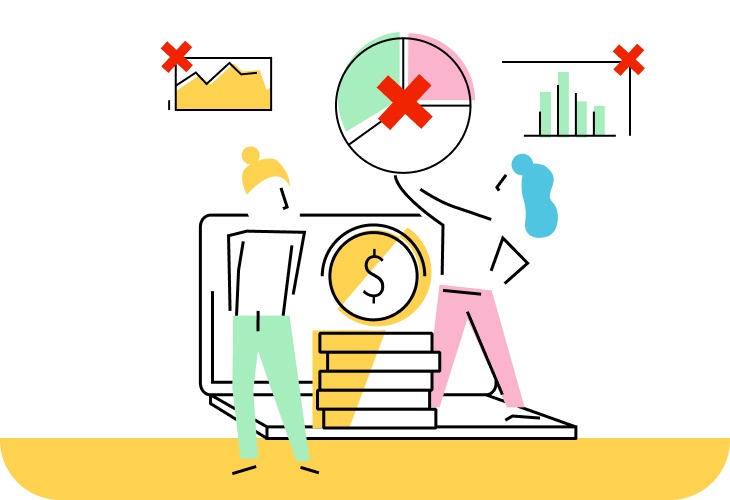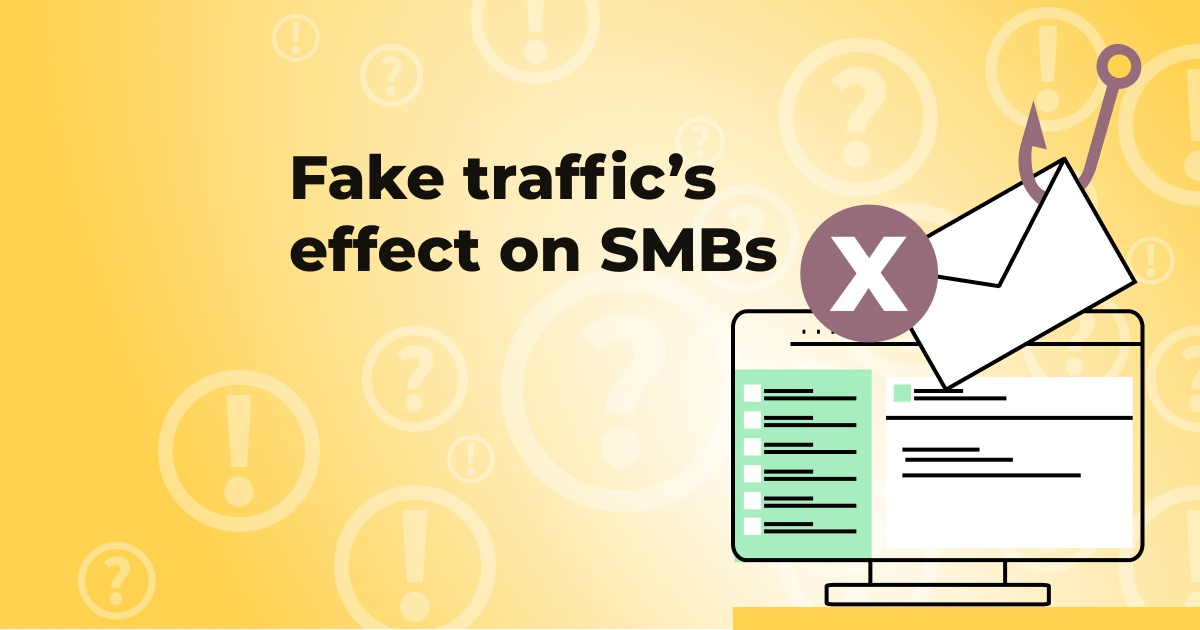It goes without saying that entrepreneurs and small business leaders have a lot on their plates. These individuals are not just responsible for the day-to-day tasks in their job description, but often find themselves taking on several different roles, and getting their hands dirty, especially while their teams are still lean.
Additionally, as they find themselves in the nitty gritty, they must also keep in mind their high-level business objectives of improving operational efficiency, increasing their brand presence, ensuring data and reporting is accurate, and driving effectiveness of their marketing and promotional efforts.
Unfortunately though, both the big picture business goals and the day-to-day tasks can quickly be sabotaged by unwelcome guests on the internet – bots and fake users.
Bots and fake users enact digital threats that include account hijacking, click fraud, carding attacks and more that negatively impact both the business and the end customer. Throughout this article we’ll discuss the specific challenges that the Fake Web presents to small businesses, and what to look for in order to remain successful.
Draining valuable budgets

Small businesses know best that when it comes to marketing their brand and product, every ad dollar counts. This is because small businesses typically do not have the luxury of continuing to run campaigns that don’t produce a return on investment or at least initial interest from potential customers. For this reason, entrepreneurs tend to keep a very close eye on campaign performance.
However, if campaigns are not performing well, it can sometimes be difficult to pinpoint exactly what went wrong. This can lead entrepreneurs to scratch their heads and speculate about whether they need to update messaging, change imagery, switch the audience they are targeting, or make other strategic changes.
But frequently they miss one major factor that can cause advertising ineffectiveness – fake traffic. Without considering fake traffic as a potential cause for negative performance, individuals waste time and resources making these other big changes without first considering if real humans or bots are interacting with their ads to begin with. Ad fraud, or instances of malicious activity on paid promotions, can cause entrepreneurs to unintentionally spend their valuable dollars on fake users rather than potential customers.
Polluting campaigns
If bots and fake users are not identified and stopped in their tracks when they first interact with a small business advertisement, they can cause further financial and efficiency damage to future campaigns. When trying to reach potential new customers, people frequently utilize smart campaigns and audiences to find additional users with similar characteristics to those who have been targeted by their ads in the past. This strategy can be incredibly useful, unless those new campaigns are being built on previous campaigns that experienced bot traffic. If this happens, new campaigns become optimized toward additional bots. This can continue until audiences are completely obsolete and another waste of time and resources. To avoid spending budget on polluted campaigns, it is wise to sift through previous campaigns and ensure they were targeted toward users who eventually converted into meaningful clients.
Wasting resources on bad leads
When it comes to small businesses, bots don’t simply stop at interacting with advertising campaigns. When fake users arrive on a website, they might choose to fill out a form, request a demo, sign up for a newsletter, or interact with content in other ways to test the overall security of the site and see what company information and user data they can access. These bad leads then flood databases, waste the time of your sales team, and skew email marketing data when they enter nurture paths.
Some business owners may question why any malicious actors would make the effort to seek out and attack their website in particular. This is a valid question, and the answer is that bots and fake users are omnipresent on the internet, they come in many forms and are not always targeted attacks. In many cases, small businesses are simply collateral damage to the bad actors that are floating through the web at any given time. With this in mind, it becomes important to make sure forms and sign-up tools are protected from invalid leads.
Projecting and analyzing inaccurately

Arguably, consistent growth is even more critical to small businesses and scaling businesses than large corporations because they need to prove their value in a market where the odds are sometimes stacked against them. Because of that, these businesses look very closely at their analytics tools and splice data down very granularly in order to determine where they need to improve and where they are currently excelling. However, even the most advanced business intelligence tools can become polluted by bots and fake users. If bots are present in advertisements, on websites, within form fills, and in CRMs and databases – it follows that all analytics associated with these systems and tactics are likely also skewed. This can make projections and success metrics incredibly difficult to measure and nearly impossible to trust.
In general, the Fake Web can impact nearly every area of a business – which is why it’s so important to ensure operational efficiency at every stage and make sure bots and fake users aren’t standing in the way of achieving your company goals. Two keys ways businesses can work toward success is through protecting their organization via Go-to-Market Security and investing in a business management solution. Through these measures, small businesses and entrepreneurs can continue to make a lasting impact for years to come.

























